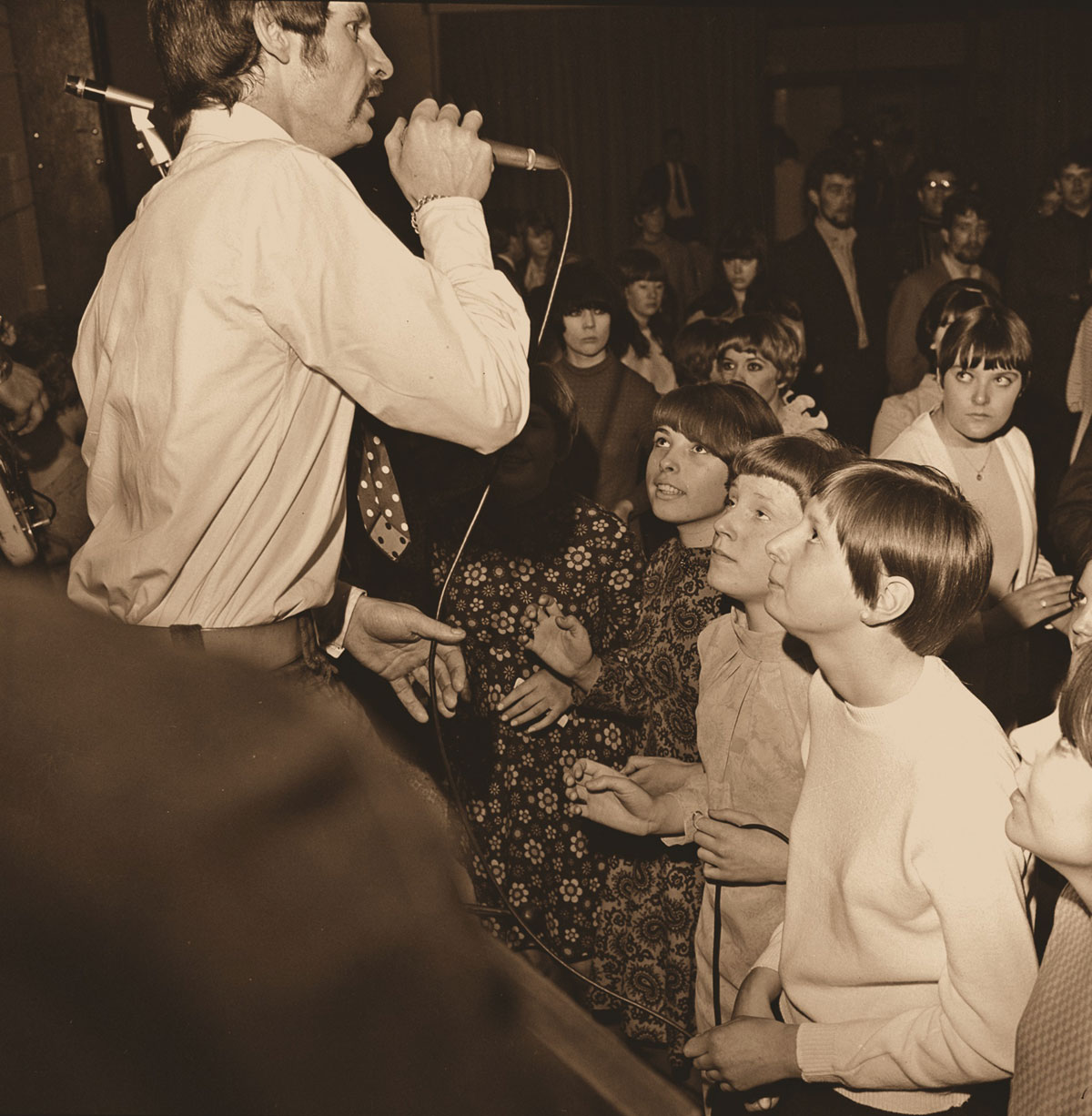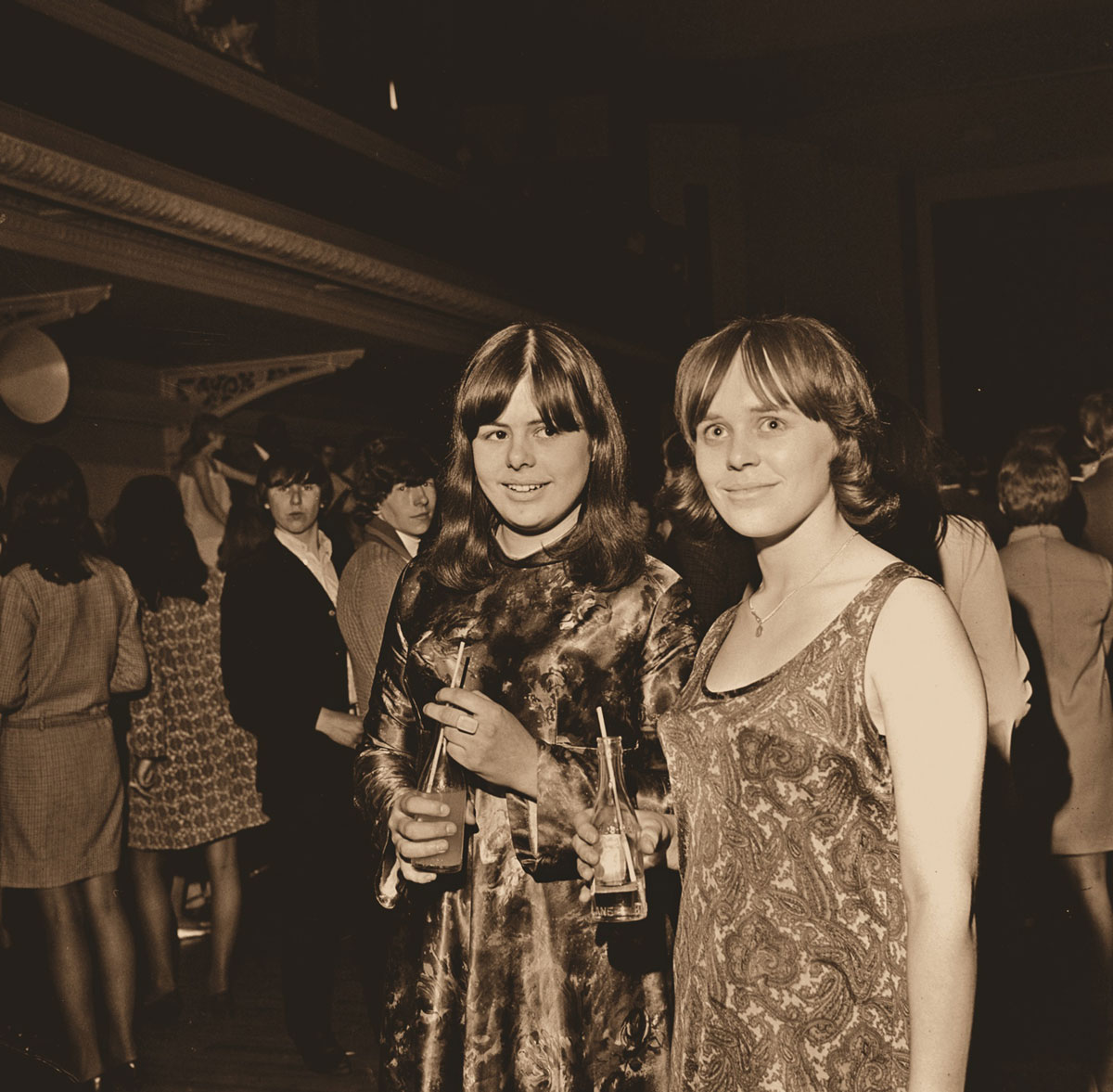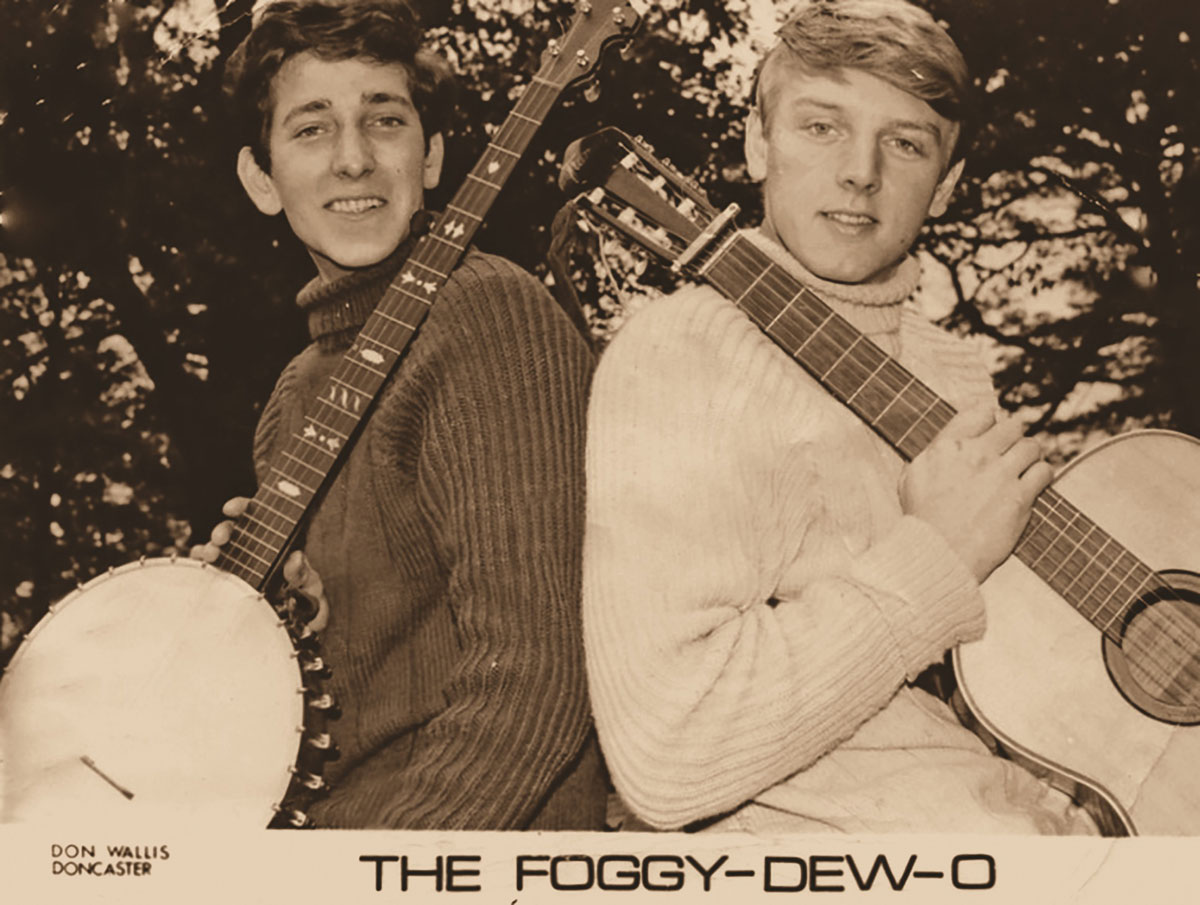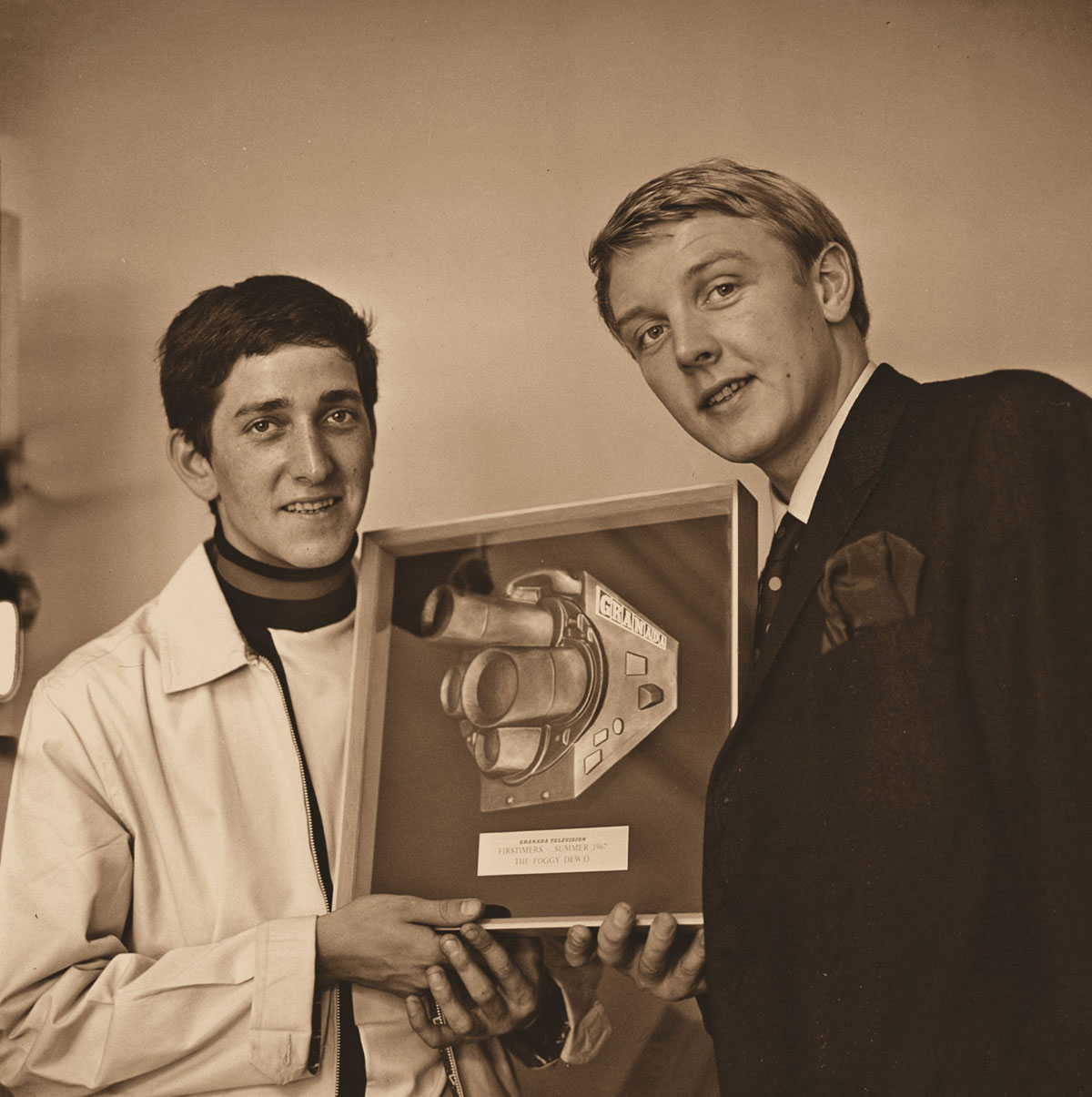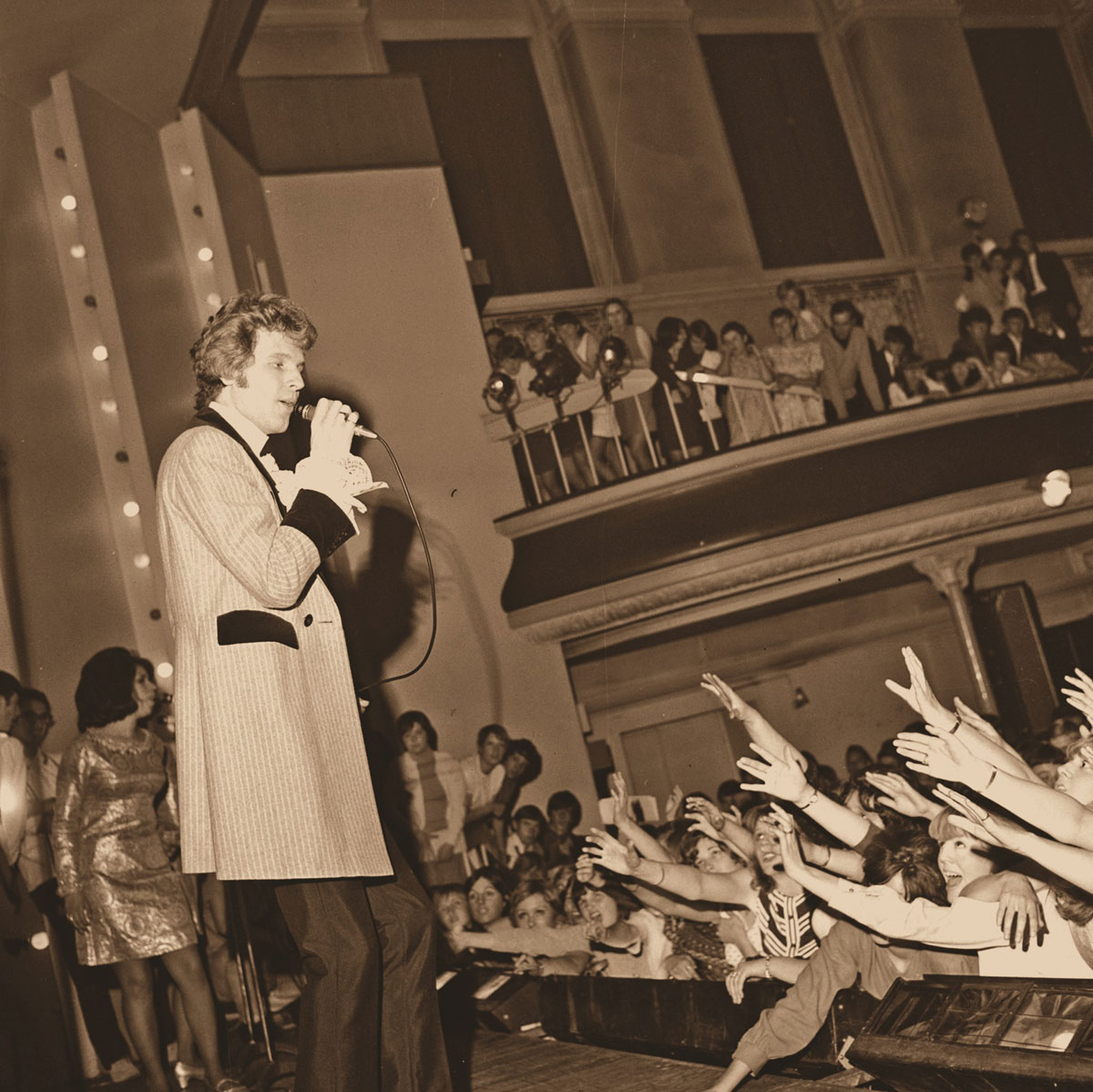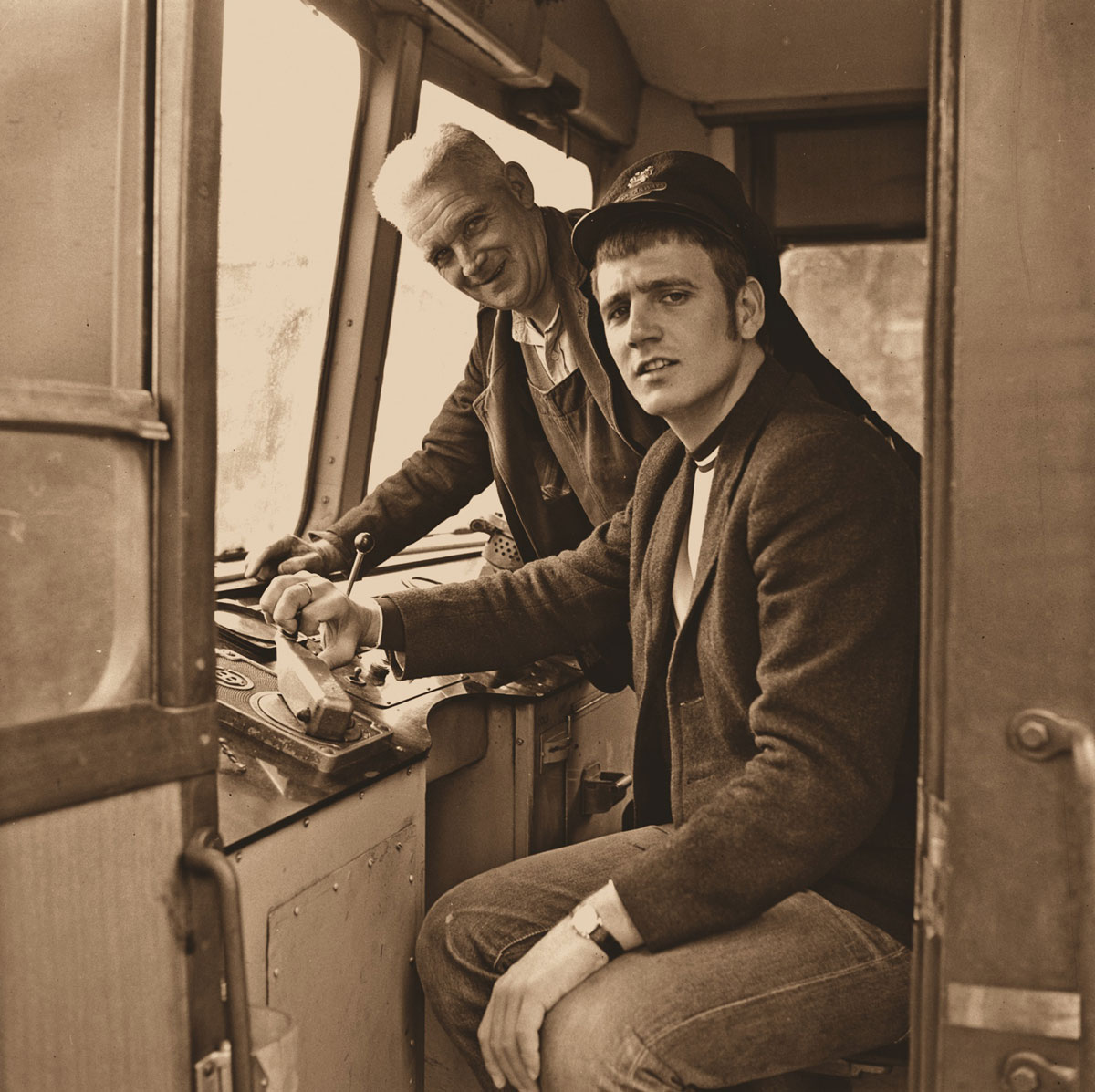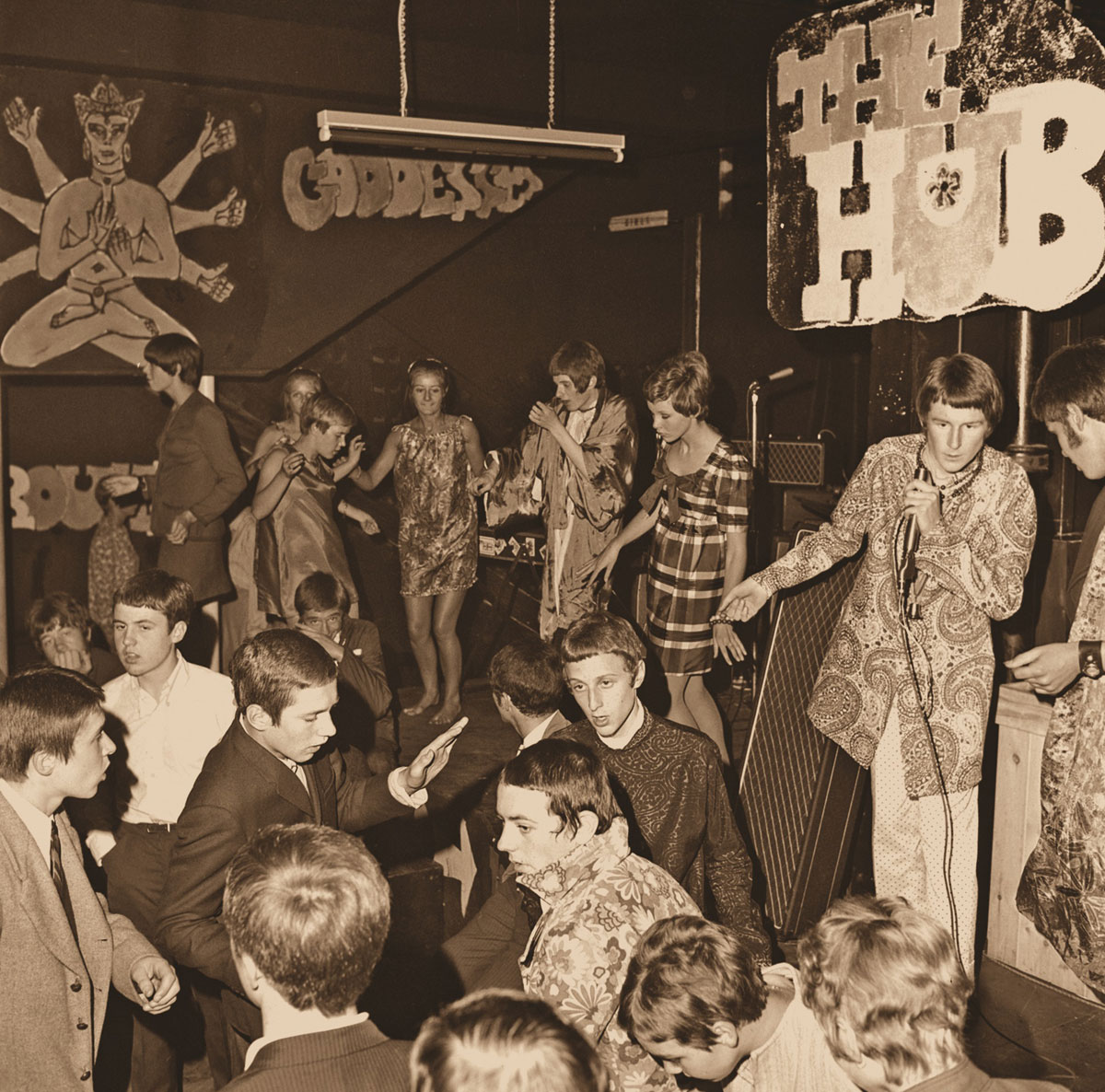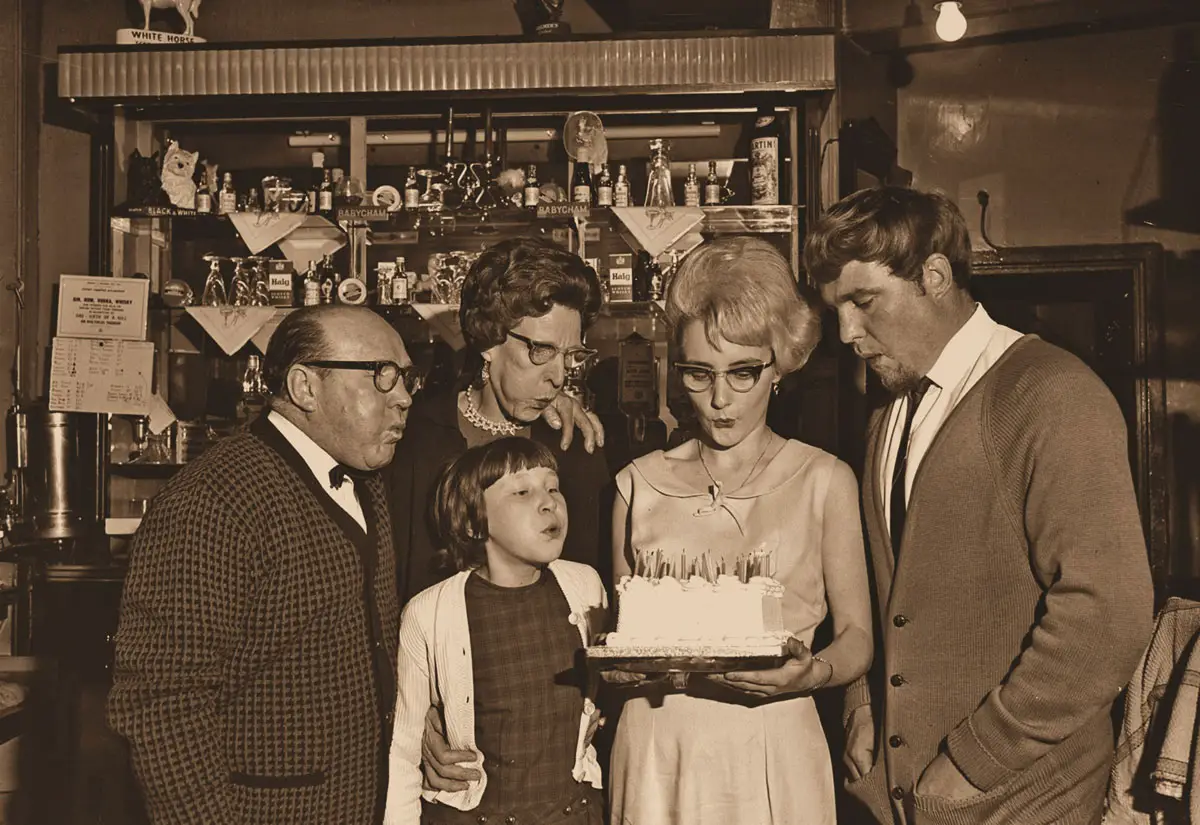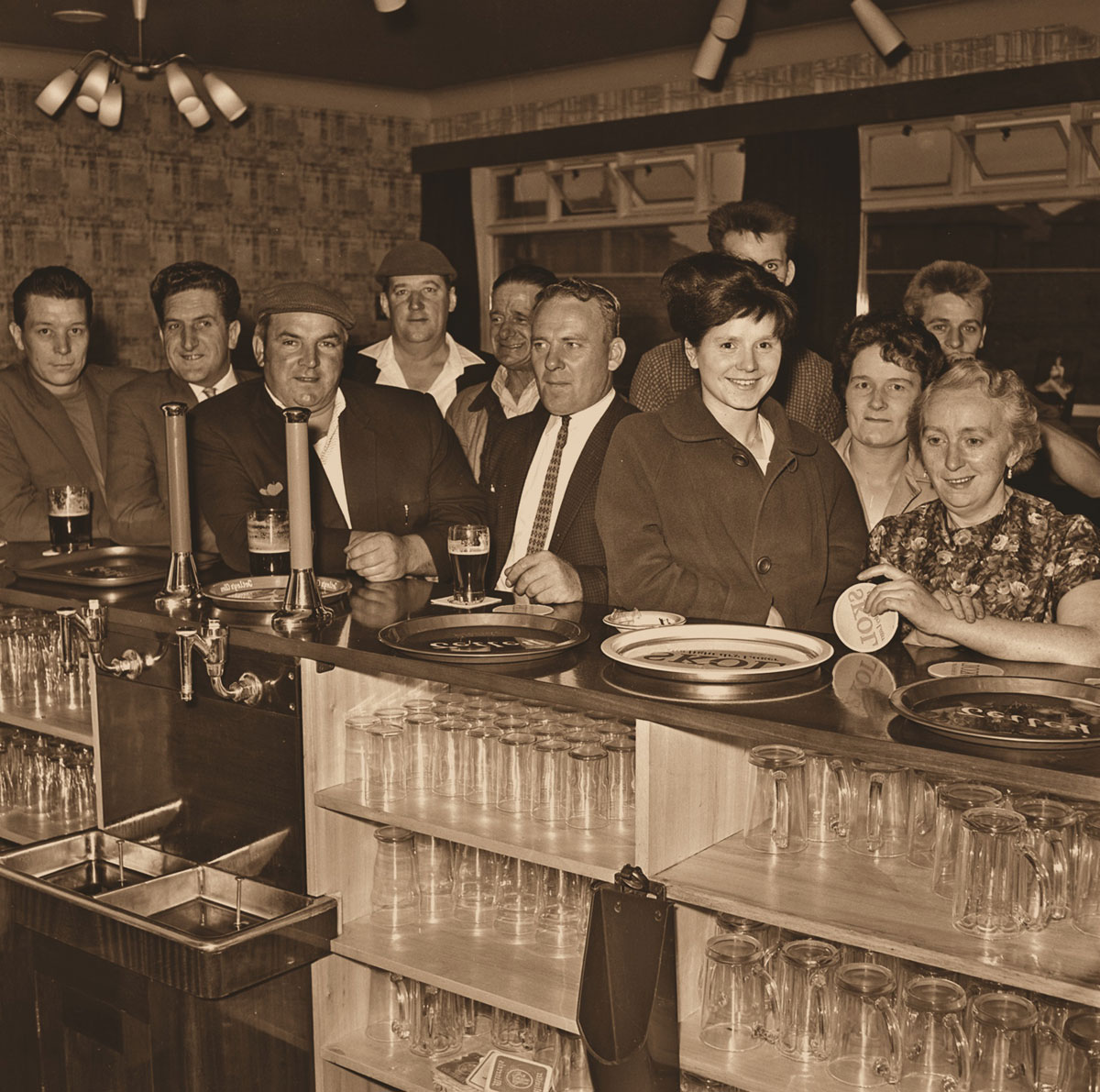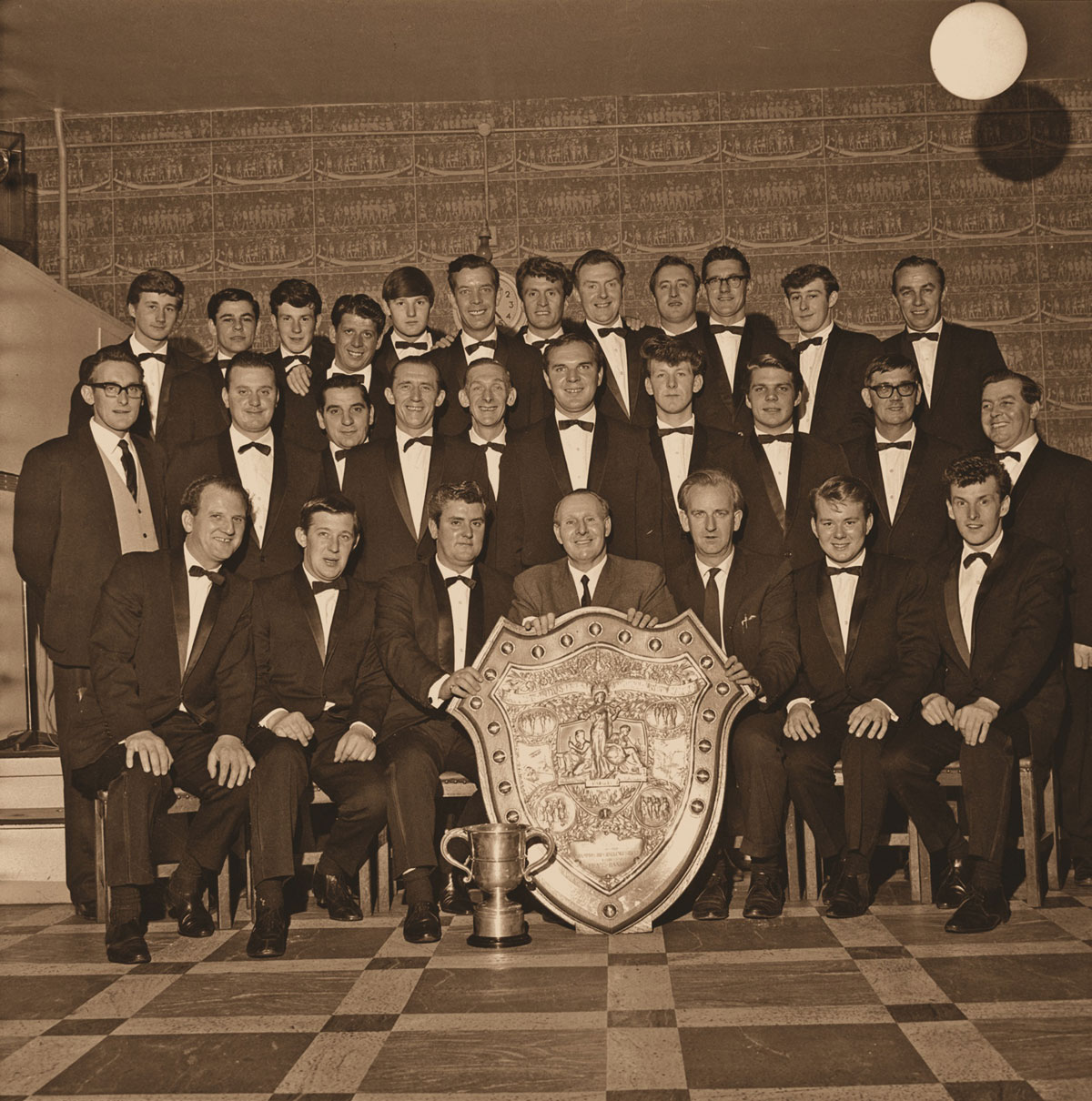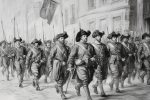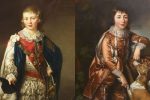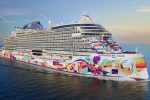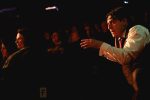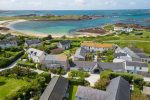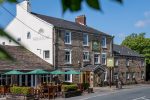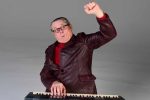The Lost Clubs and Music of Barnsley

In his book Lost Barnsley, author Kieron Dunn presents a portrait of this corner of South Yorkshire over the last century to recent decades, showing not only industries and buildings that have gone but also people and street scenes, many popular places of entertainment and much more.
In this extract we look at the clubs and music of the town, remembering the characters and places that helped make up the town’s cultural landscape…
Featuring Dave Dee, Dozy, Beaky, Mick and Tich, Chris Farlow and the Thunderbirds, The Bonzo Dog Doo-Dah Band and The Tiles Big Band, the ‘All Day Rave’ was on Easter Monday in 1967. The town has produced many notable musicians. In 1968, singer George Davies, aka Ulysses Smith, released his first single ‘Jet Aeroplane’ on RCA Victor. Dennis Lingard was the bandleader in the Ballroom scene from Richard Harris’s breakthrough film This Sporting Life and had previously played clarinet and saxophone with the Ambassadors at Barnsley Baths.
Even with a Radio One Club roadshow hosted by DJ Dave Cash and an appearance by the Kinks, it was the Barnsley Folk Club which moved to the Centenary Rooms in October 1968 that would become the Civics’ biggest attraction. Along with Tony Heald, the celebrated folk artist Dave Burland of Worsborough Bridge founded the Folk Club in the early 1960s at the Alhambra. The club featured all the leading folk artists, including ‘Fotheringhay’ featuring Sandy Denny, which was described as the event of the year in 1970.
The first people from Barnsley to appear on TV and profile the area as contemporary folk singers were Danny Clarke and Lennie Wesley. They organised their own folk clubs in the Barnsley area at the White Hart, Ardsley WMC, Magnet bowling alley Lounge, and Strafford Arms in Stainborough. They were discovered by Johnny Hamp at Granada TV (who discovered the Beatles) to appear on his Firstimers show. Named series winners, they became regulars on Scene at 6.30 to an audience of nineteen million and major recording artists on Decca records.
With over 500 radio and TV programmes, The Foggy Dew-O had their own BBC Radio 2 series – My Kinda Folk. They released three albums and six singles and were about to do a new BBC2 show when Lennie was diagnosed with a rare lung disease in November 1968. Off the scene for over a year and just missing the fame that was in their grasp, a disenchanted Lennie decided to finish in December 1973. Danny continued as Foggy with Rob from Liverpool, becoming more folk entertainers and songwriters, and resumed painting from his gallery in Cawthorne.
Half of the Walker Brothers, John was among the top stars who appeared at the Civic in 1969. The brothers played the Staincross WMC back in November 1966. In November 1970 the question was, why do major bands in vogue in the early 1970s bypass Barnsley? However, in 1966, The Who played at the Civic. In October 1969, a Civic advert read, ‘Don’t miss The Small Faces,’ who appeared with American band ‘Canned Heat’ who were on their first European tour. The MC was Dave Lee Travis.
Billy J. Kramer was just passing through Barnsley station in June 1967. The sixties star was produced by Beatles legend George Martin, whose song ‘Theme One’ was the first heard on Radio One and was a hit for Van Der Graaf Generator, who played at the Civic Hall along with the Pretty Things. Other sixties stars who played in Barnsley included Billy Fury, Cockney rhyming slang child star Ruby Murray, reggae original Desmond Dekker, and tip-toeing falsetto Tiny Tim.
The Hub on Peel Street advert said, ‘Go where the crowds go’. Every Friday night, Peter Stringfellow, the resident disc jockey, was calling himself ‘The Greatest DJ of them all’. He owned the King Mojo Club in Sheffield and managed the local band The Chicago Line, whose first single was called ‘Shimmy Shimmy Ko-Ko Bop’. Other local bands featured included Ellison’s Phonograph and Top Soul Tamla Group. The Lemon Line recorded ‘For Your Precious Love’ and Barnsley’s greatest group was ‘Shock Treatment’.
This picture was taken in the Market Inn, one of many public houses that were demolished. In 1967, one of the oldest pubs in the north of England, ‘The Bridge’ at Darfield, fell prey to subsidence. In 1970, ‘The Old Warrior’ on Sheffield Road disappeared along with the Ebenezer Church. The demolition of the Norman Inn, Monk Bretton, revealed an 1888 newspaper article about Dr William Burke. He’d had an affair, got very drunk before meeting his wife on the premises with his daughter Aileen, whom he then shot before shooting himself.
This is last orders at the Wellington Hotel just prior to its demolition in 1962. On 6 June 1970, gallons of beer costing 1s a pint were drunk for the last time at Carlton Main WMC on Long Row. The Wharncliffe Woodmoor colliery would soon close, and the hundred mining cottages which used to provide customers had long since gone. The club, where prior to 1929 women were not admitted and all men had to be smartly dressed, had organised annual trips to Scarborough.
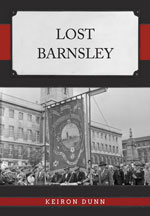 Grimethorpe Colliery Band were named 1967 Open Champions of Great Britain. In November 1970, they became the first colliery band to win the title of Champion Band of Great Britain. Conducted by George Thompson, they appeared at the Civic Hall and released “Belle Vue Brass” on Pye Records in 1968. In November 1970, they were back at the Civic along with pianist and composer Semprini, whose BBC radio Serenade series ran for twenty-five years.
Grimethorpe Colliery Band were named 1967 Open Champions of Great Britain. In November 1970, they became the first colliery band to win the title of Champion Band of Great Britain. Conducted by George Thompson, they appeared at the Civic Hall and released “Belle Vue Brass” on Pye Records in 1968. In November 1970, they were back at the Civic along with pianist and composer Semprini, whose BBC radio Serenade series ran for twenty-five years.
‘Lost Barnsley’ by Kieron Dunn is published by Amberley Publishing
Images Courtesy of the Barnsley Archive
